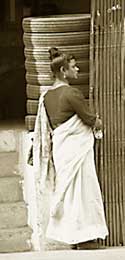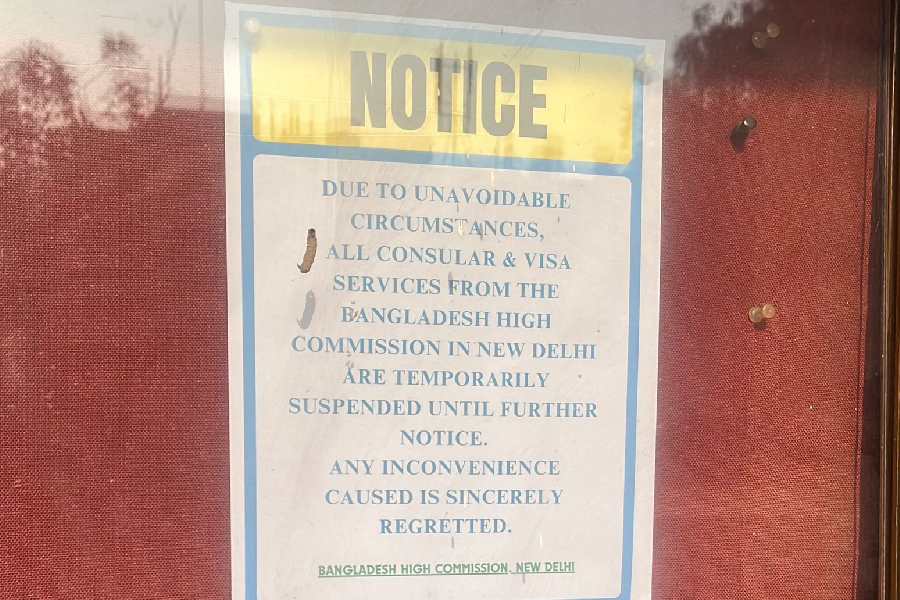|
|
| Blurred realities |
Sex Workers of India: Diversity in Practice of Prostitution and Ways of Life By Moni Nag, Allied, Price not mentioned
In a Nineties? study of ?floating? sex workers in Bangalore ? that is, those who do not live in brothels but solicit clients on roads or in parks and take them to a mutually convenient place ? a 26-year-old woman says that the question of morality does not bother people in her situation. She is just glad she can keep her husband happy. She was a domestic worker when her husband, injured in an accident, had to stop working. When a neighbour suggested sex work, telling her where to find clients, her husband encouraged her. He accompanies her to her ?spot? every day and waits for her till she returns after her last client.
This story has its own morality, one that drives the shadowy world Moni Nag seeks to bring to light in Sex Workers of India. The author has sifted through a large number of reports and surveys on Indian sex workers by various organizations, especially since the Nineties. The volume is so arranged as to illuminate the world of sex work in as systematic and realistic a way as possible. As Nag says, the studies made so far, in spite of their variety and differing depths, are still too scrappy for a full understanding of the profession. No one can even be sure how many sex workers there are in India.
But Nag makes the best of whatever is available and hopes to be comprehensive. His eight categories of sex workers include males and hijras in sex work, a group, according to some studies, making up 30 to 35 per cent of all sex workers. The fact that some male sex workers live in ?houses? alongside the ?houses? of women sex workers in red-light areas may seem as surprising to some as the fact which astonished Nag most, that there are still numerous communities in which young girls are oriented by parents and relatives towards sex work as a means of earning for her family.
The better-known causes of desertion, abuse, exploitation, sale are all present in the analyses and case studies. But it is still a little startling to find how many women sex workers support their parents, sometimes their husbands, and certainly their children, and how many visit their parents when ?on leave?. The stories, of the sex workers and their clients, and of their occasional ?relationships?, are an education in the meaning of morality. There are other stories here too: of society?s hypocrisy and violence that inform the facts and lurk uncomfortably in the accounts of laws and their implementation.
In bringing together the available studies, Nag has become even more aware of the gaps, and has taken great care to indicate them for the reader. The book is enormously useful as a resource for researchers and social scientists. Nag?s discussion of the laws, and of the demands ranging from abolition of prostitution to its legalization, together with the accounts of rights bodies, and the success or failure of HIV/AIDS prevention programmes are particularly useful for policy-makers. An additional section on the levels of physical security of the various categories of sex-workers, with a few examples, would have further clarified the picture.
Nag?s purpose is best fulfilled by the dry, precise style he employs, without the sentiment and melodrama that often blur the realities of deprivation, cruelty and desire. The work may have gained had he inferred, in the same style, the level of violence, direct and covert, that is the central reality.











